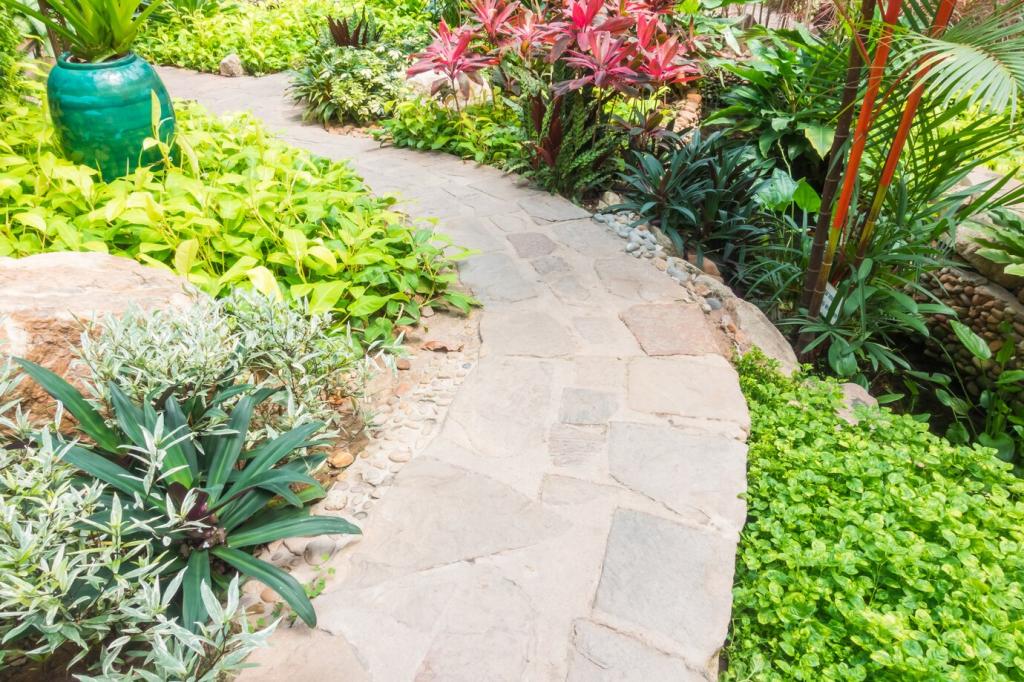Start with a Living Blueprint
Walk your space at different times of day. Mark sun, shade, puddles, and breezes on a quick sketch. Note where you hear birds or see butterflies pause. Share a photo of your sketch with us, and we’ll help spot microhabitats you might have missed.
Start with a Living Blueprint
Choose focus species and functions: nectar for pollinators, berries for songbirds, cover for amphibians, or corridors for movement. Prioritize water, shelter, and seasonal food. Tell us your top three habitat goals in the comments so we can suggest targeted plant and feature ideas.


